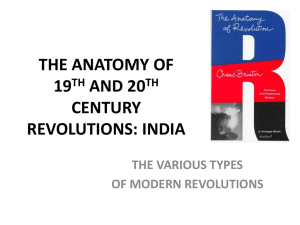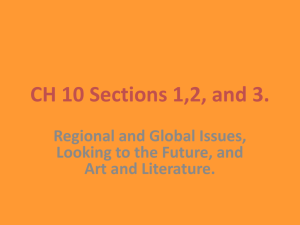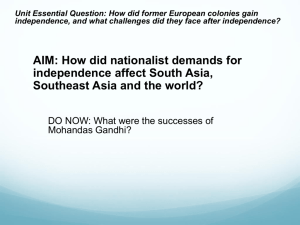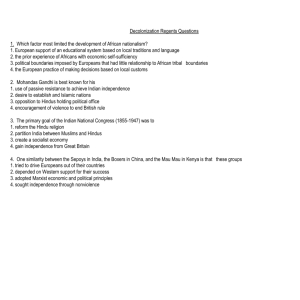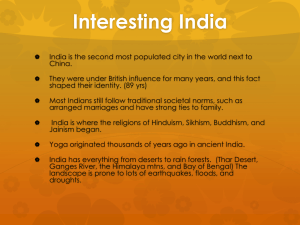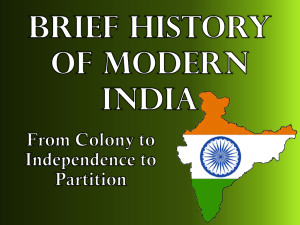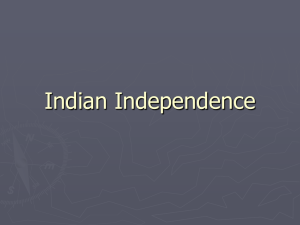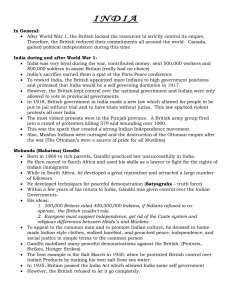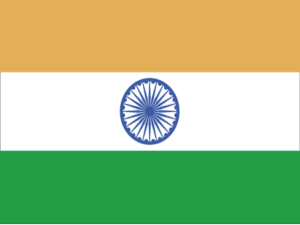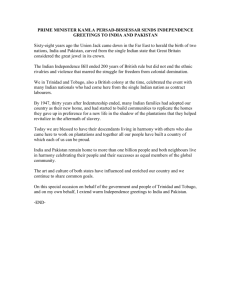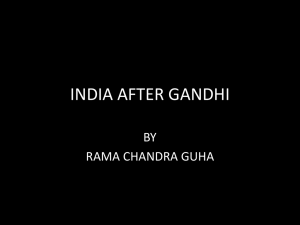The Independence of India
advertisement
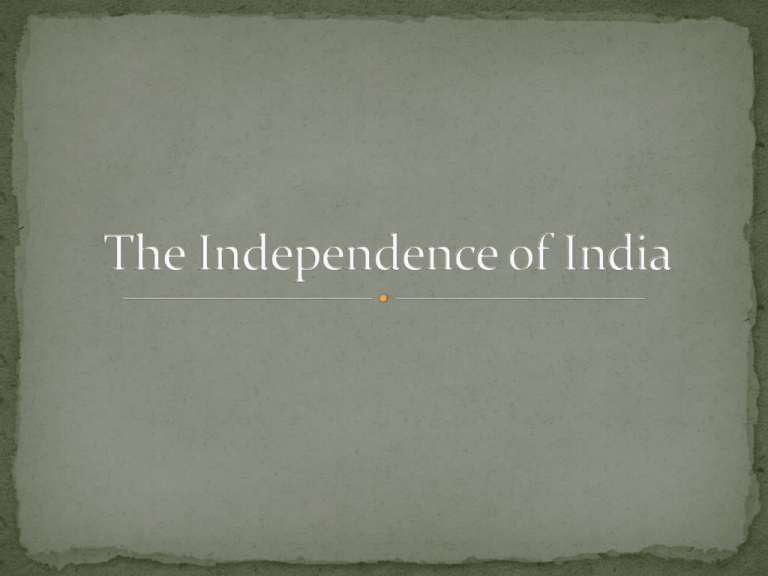
What is now India Pakistan Bangladesh Sri Lanka India was a colony of Great Britain 1757-1857 India is run by the East India Tea Company 1858-1947 British Government rules India using royal governors and viceroys British use raw materials from India to build their Empire INC – Indian National Congress Formed in 1885 Mostly Hindu After independence, became India’s main political party Muslim League Formed in 1906 Political party in Pakistan and Bangladesh More than 1 million Indian troops serve in British Army during war Indian wheat and cotton used in war effort 1917 British promise to work toward self-government (same year as the Balfour Declaration) Why did Indians call for independence after World War I? Indians felt that the British did not deliver the significant reforms promised during the war as acknowledged for their services. Amritsar massacre intensified dissatisfication. Harsh laws enacted after WWI leading to many arrests British pit Hindus vs. Muslims In Amritsar, all large gatherings are banned British threaten to use force 10,000 unarmed demonstrators in walled garden Local British commander decides to set example Blocks entrance and opens fire when crowd doesn’t leave 400 Dead, 1200 Wounded Increased desire for Independence, lacked unity. Known as “The Mahatma” (great soul) Born in 1869 (4 yrs after Civil War) Family was middle class, Hindu Married at 13 in an arranged marriage Went to college in London, became a lawyer 1893-1914 lives in South Africa and fights against apartheid Returns to India during WW I and begins “fighting” for independence Pacifism Civil Disobedience Henry David Thoreau Martin Luther King Jr. Nelson Mandela Joins with INC to work toward Indian independence Urged “non-c00peration” Ahimsa, nonviolence and reverence of life, “love” Arrested in 1922 for sedition, served 2 years Series of arrests and hunger strikes Fought to end harsh treatment of Untouchables, members of the lowest class Urged Indians to boycott British made goods Only wore Homespun clothing, symbol during protests was the spinning wheel Believed that denying British the profits of colonialism would lead to independence 1930 – Protest against salt tax charged to citizens Marched 240 miles to the sea to make salt British arrest 60,000 What methods did Indians under Gandhi use to resist British rule? They staged boycotts and other nonviolent protests. They increased their own industries so India would be more self-sufficient. What did the salt march symbolize? Indian protest against oppression. 1935 – Government of India Act Increased suffrage Limited self-government Hindu – Muslim Disputes Hindus outnumbered Muslims 3-1 Controlled 7 out of 11 provinces Muslims wanted a separate country INC led by Jawarharal Nehru and Gandhi wanted one united India British agree to grant independence after WW II Violence continues between Hindus and Muslims 1947 Independence achieved India West Pakistan and East Pakistan Migration ensued, over 100,000 deaths India 2nd most populated country – over 1 Billion People Economic power US imports many Indian goods Many US jobs outsourced to India (technology) Nuclear Weapons Pakistan US Ally? Home of Bin Laden? Nuclear Weapons
